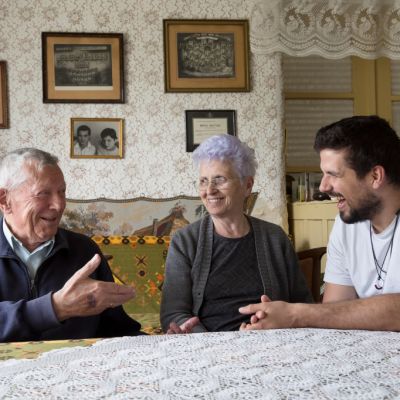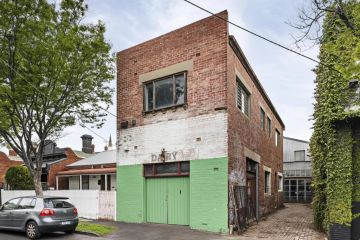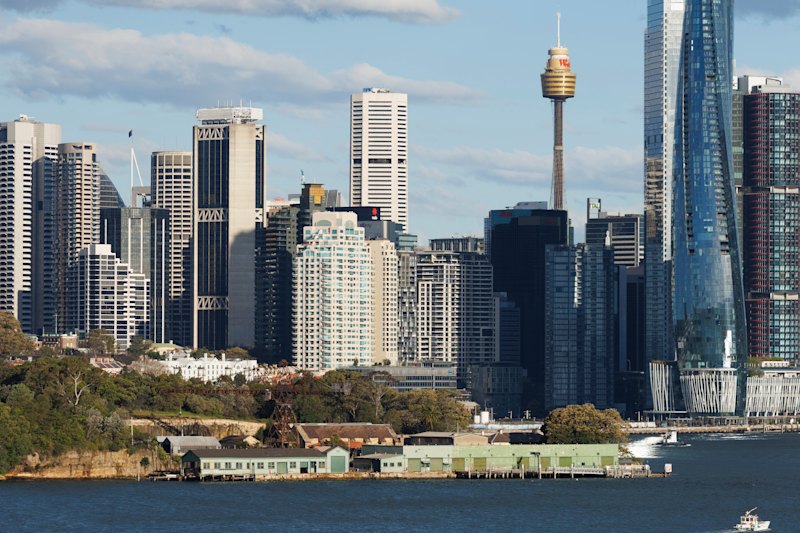Could where you live be making you unhealthy?
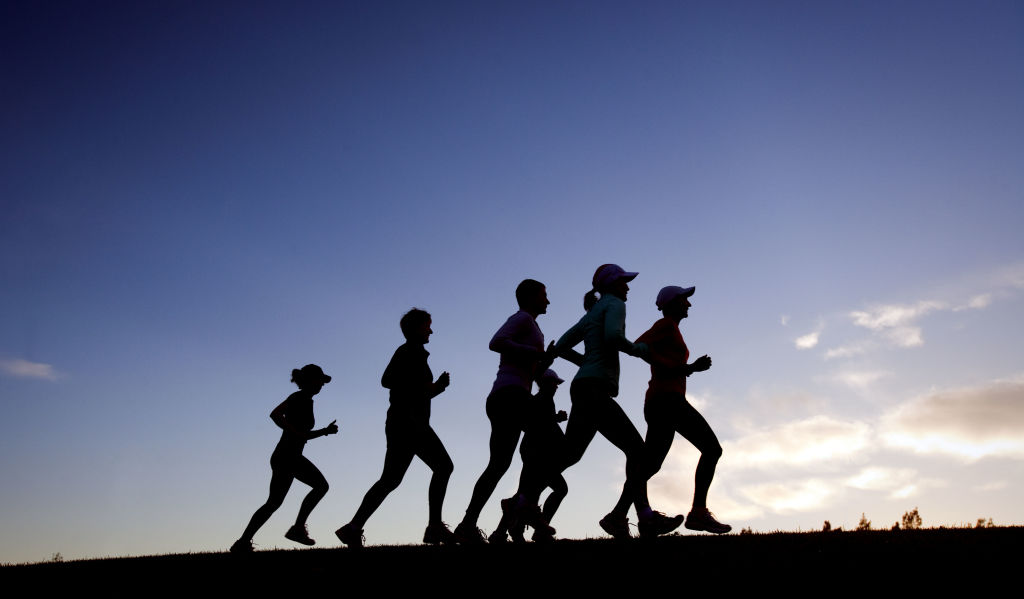
There’s a lot to weigh up when considering where to live. A less thought of consideration is how a postcode affects our health and fitness levels.
We are where we live, suggests Dr Ivan Parise, a GP, lecturer and researcher in public health and tropical medicine. And, your town could make you fat and unfit, he proposes in a 2020 article in the Australian Journal of General Practice.
Mounting research reveals an association between the design of our built environment and how physically active we are. Yet, many of us remain unconscious of this link.
A frequently cited barrier to exercise is “time”, Parise says – which makes “incidental” exercise (that gained going about daily life) invaluable.
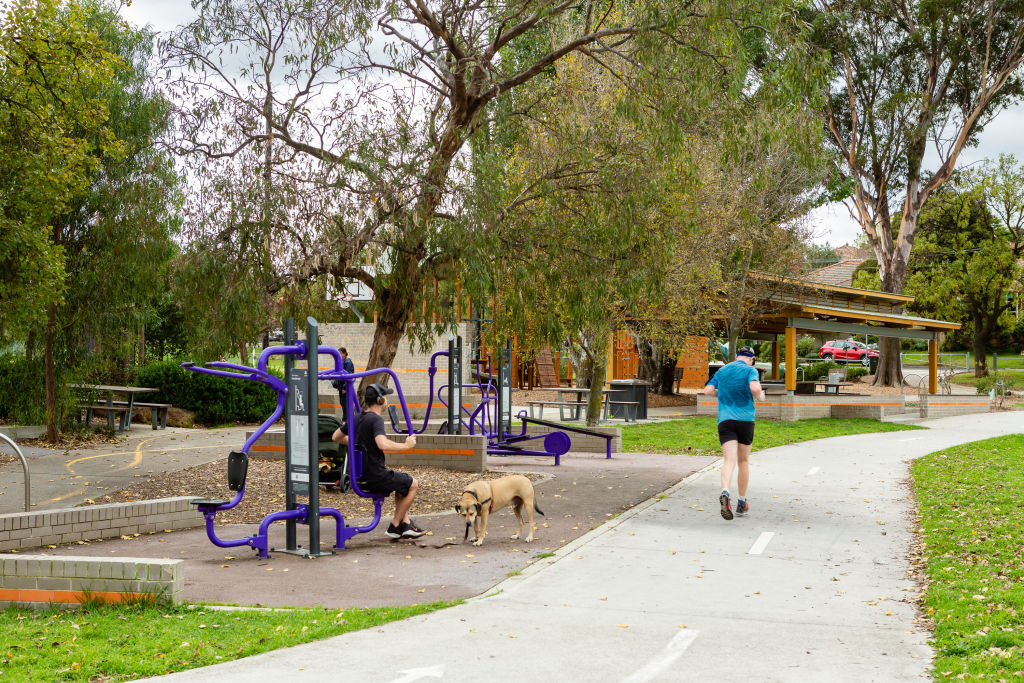
Suburbs that promote such movement have lots of good cycling and walking paths, parks, gardens and green spaces. “It’s not just the quantity, it’s also the quality,” Parise points out. “They have to be designed to be safe, well-lit and attractive, and be planted to avoid too much sun, and have seating and other factors that encourage people to actually do exercise.”
Several studies, for example, have found people are less physically active in suburbs perceived as unsafe because of crime or traffic hazards.
A core element is “destination accessibility”. “Australia’s this huge continent and most of the population lives on the coast in two major cities,” Parise explains. “You’ve got this problem where you have to traverse large distances to get to places. It’s not condensed like European cities which grew up pre-industrial era and pre-cars.”
Ideally, services, jobs, schools and recreation opportunities should be located in neighbourhood hubs near where people live. Then you need good connecting paths between these sites of daily living. “You’re encouraging people to walk as part of their everyday life instead of using cars,” Parise says.
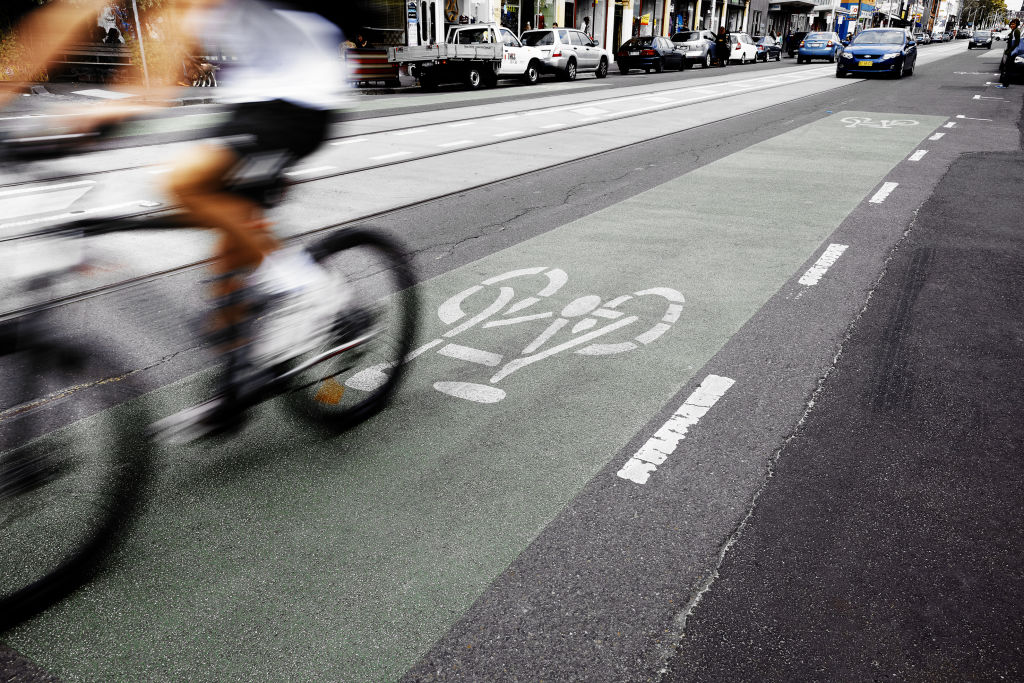
Good public transport access is another key criteria of towns rated high for walkability. “Every hour you use a car there’s about a 6 per cent increase in your obesity rate,” Parise says. “That’s been attributed to the incidental exercise you get walking to the station, from the car to the station, getting on different platforms, going up stairs and from the station to work.” He says experiments where people transfer from primarily using cars to public transport show notable weight reduction.
Another thing we need to design are facilities to encourage bicycle use like bike storage on public transport (common in Europe), he says. “Australia’s overall use of bikes and walking for transit is about two to four times lower than it is in Europe.”
Another feature of healthier suburbs is a lower density of unhealthy fast-food outlets.
Do you live in an obesogenic town?
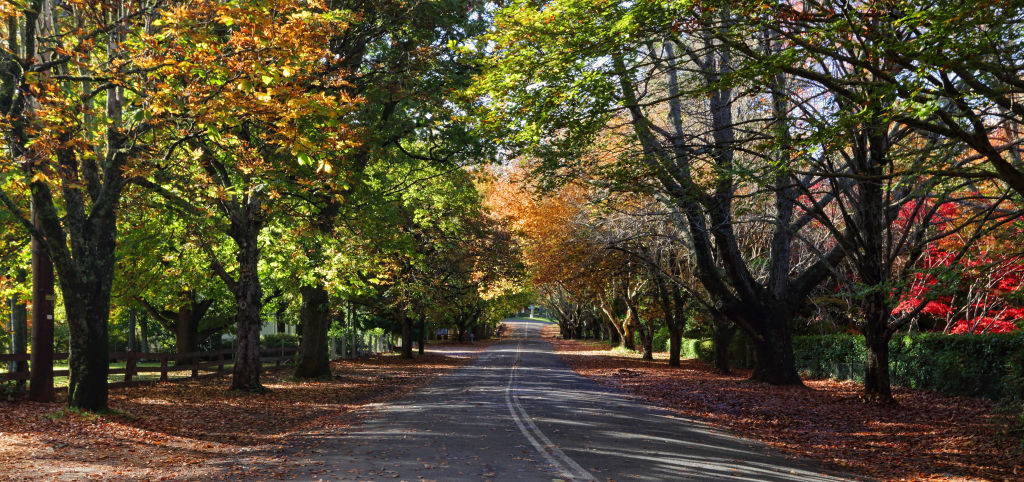
Heat maps of obesity in different health areas of Sydney show variations from area to area, Parise says.
The Blue Mountains/Nepean area, where Parise lives, has one of the highest rates of obesity in all urban health areas of Australia, he says. “One of the problems of the Blue Mountains is that we’ve got these huge radiuses of roads. If you want to go somewhere you’ve got to go all the way to the centre, then all the way off.”
Lack of safe cycleways, steep hills and cold weather contribute. Many residents travel 90 minutes a day to work. “If they’re doing it all in their car they’re not getting any exercise in those three hours,” he says.
However, each community and geographical area has its own challenges, he says.
Aussie cities leading the way
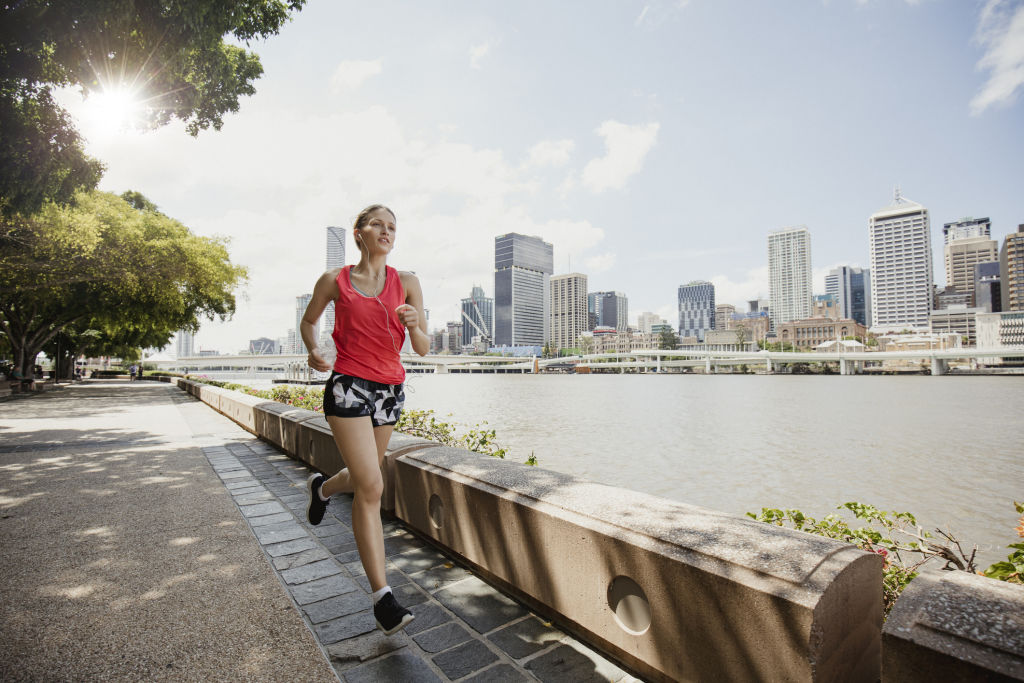
Growing awareness of the role of built design in health has led some cities to implement changes to encourage fitness.
Orange, for instance, has instigated infrastructure upgrades to encourage cycling. A similar initiative in Newcastle has brought new and upgraded cycleways, an e-bike hire network, and tramway to the city.
Towns that promote exercise best are based on well-established principles of design, diversity, density, destination accessibility and access, Parise says. “They’re all inter-related. You can’t just do one without the others.”
New research shows less than half of Australians meet World Health Organisation recommendations for physical activity. Aussies in rural areas tend to be more inactive than city dwellers.
“The rate of obesity in the world and in Australia is continuing to grow,” Parise says. However, individual factors reflect only a very small proportion of everything that affects our weight, he says. A lot remains beyond our control, of the realm of society.
“We need to look at the built environment from not just an economic and liveability point of view, but also as a health resource,” he says.
What to do if you live in a town that inhibits exercise

Sydney-based exercise physiologist, Dr Bill Sukala, recommends getting a standing workstation or a box that elevates your laptop so you can sometimes stand at work. “It’s still movement that’s activating muscle activities,” he says.
Instead of sit-down meetings, he suggests taking a “walking meeting”.
Another idea is to designate space in the house for exercise.
Whether it’s walking to the local restaurant or shop, the idea is to “waste energy as often as you can through the day”, Sukala says.
We recommend
We thought you might like
States
Capital Cities
Capital Cities - Rentals
Popular Areas
Allhomes
More
